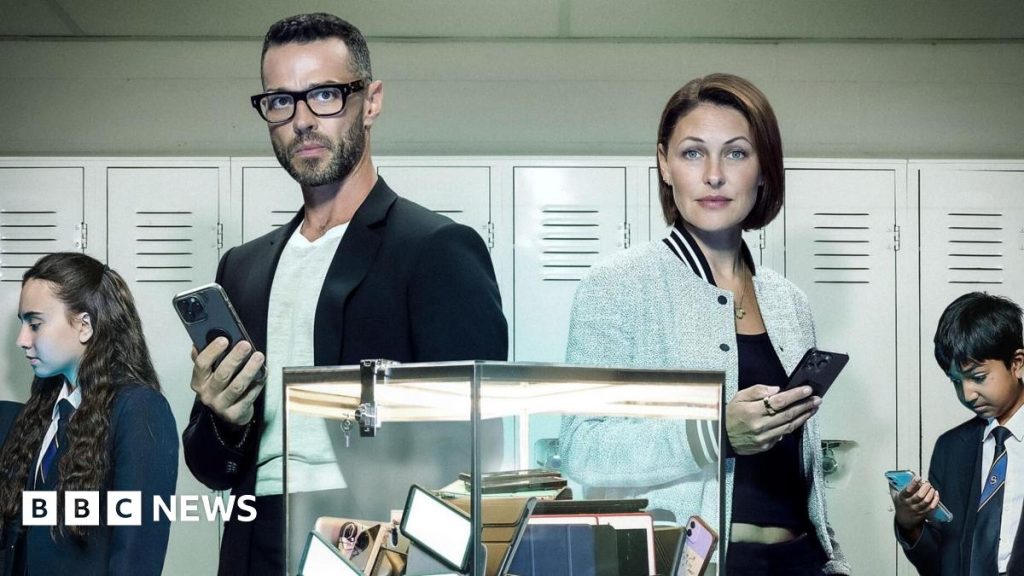The Subtle Grip of the Smartphone: A Generation Tethered to Technology
In an era defined by ubiquitous connectivity, the smartphone has seamlessly woven itself into the fabric of modern existence. Its sleek design, pocket-sized portability, and ever-expanding capabilities have transformed it from a mere communication device into an indispensable tool for navigating daily life. From social networking and entertainment to education and work, the smartphone has become an extension of ourselves, a digital appendage that shapes how we interact with the world and each other. Yet, beneath the veneer of convenience and connection lies a growing concern: the pervasive and often unnoticed grip of smartphone addiction. For many, the device has become less a tool and more a tether, blurring the lines between necessity and compulsion, productivity and distraction. This quiet dependence is not solely confined to a specific age group or demographic; its tendrils reach across generations, subtly influencing behaviors and reshaping societal norms.
Jessica, a participant in a digital detox experiment, initially dismissed the notion of being addicted to her phone. Like many, she viewed her device as an essential tool, seamlessly integrated into her daily routine. Its absence, she initially believed, would be a minor inconvenience, easily overcome. However, her experience quickly revealed a deeper, more complex relationship with her device. The initial excitement of liberation from the digital tether soon gave way to a restless urge to reach for the absent phone. The phantom vibrations, the ingrained habit of checking notifications, the subtle anxiety of being disconnected – these were the telltale signs of a dependence that had gone largely unnoticed, masked by the normalcy of constant connectivity. Jessica’s experience mirrors a growing trend among individuals who, upon separating themselves from their smartphones, confront the unsettling realization of their own dependence.
The initial withdrawal symptoms, mirroring those of other dependencies, underscore the powerful hold that these devices have over our minds and behaviors. The constant stream of notifications, the dopamine rush of social media engagement, the readily available distractions – these elements contribute to a cycle of reinforcement that can be difficult to break. Jessica’s experience highlights the insidious nature of this dependence, its ability to normalize itself to the point of invisibility. The smartphone has become so deeply embedded in our lives, so intertwined with our daily routines, that its absence can feel like a missing limb, a disruption of the natural order.
As Jessica’s digital detox progressed, however, a shift began to occur. The initial anxieties subsided, replaced by a growing awareness of the subtle ways in which her phone had been shaping her interactions and experiences. She realized that the constant connectivity, while seemingly beneficial, had also created a barrier between herself and her immediate surroundings. The constant stream of information and entertainment had subtly eroded her ability to focus, to be present in the moment. The ease of online communication had, in some ways, diminished the depth and frequency of her face-to-face interactions, particularly with her family. This realization, while initially unsettling, also brought a sense of liberation. It revealed the potential for a richer, more present existence, one less tethered to the digital world.
The absence of apps like TikTok and Instagram, initially perceived as a loss, soon revealed itself as a gain. The constant barrage of curated content, designed to capture and hold attention, had been silently consuming her time and energy. Without these distractions, Jessica found herself with more mental space for reflection, for genuine connection with the people around her. She began to appreciate the simple pleasures of uninterrupted conversation, the joy of being fully present in a moment without the urge to document or share it online. This rediscovery of the analog world, while seemingly small, represented a significant shift in her perspective. It highlighted the potential for a more balanced relationship with technology, one where the smartphone serves as a tool rather than a master.
Jessica’s experience also underscores a broader societal challenge: the increasing reliance on technology in education. She pointed out the irony of a digital detox in a world where even homework assignments are delivered and completed online. This observation raises important questions about the potential impact of constant connectivity on learning and development. Does the ubiquity of digital tools enhance or hinder the learning process? Does it foster deeper understanding or create a culture of distraction? These are complex questions with no easy answers. However, Jessica’s experience suggests that a more mindful approach to technology integration in education may be necessary, one that balances the benefits of digital tools with the need for focused attention, critical thinking, and genuine human interaction. The digital age offers incredible opportunities for learning and connection, but it also presents the risk of creating a generation tethered to screens, perpetually distracted and disconnected from the tangible world around them.


